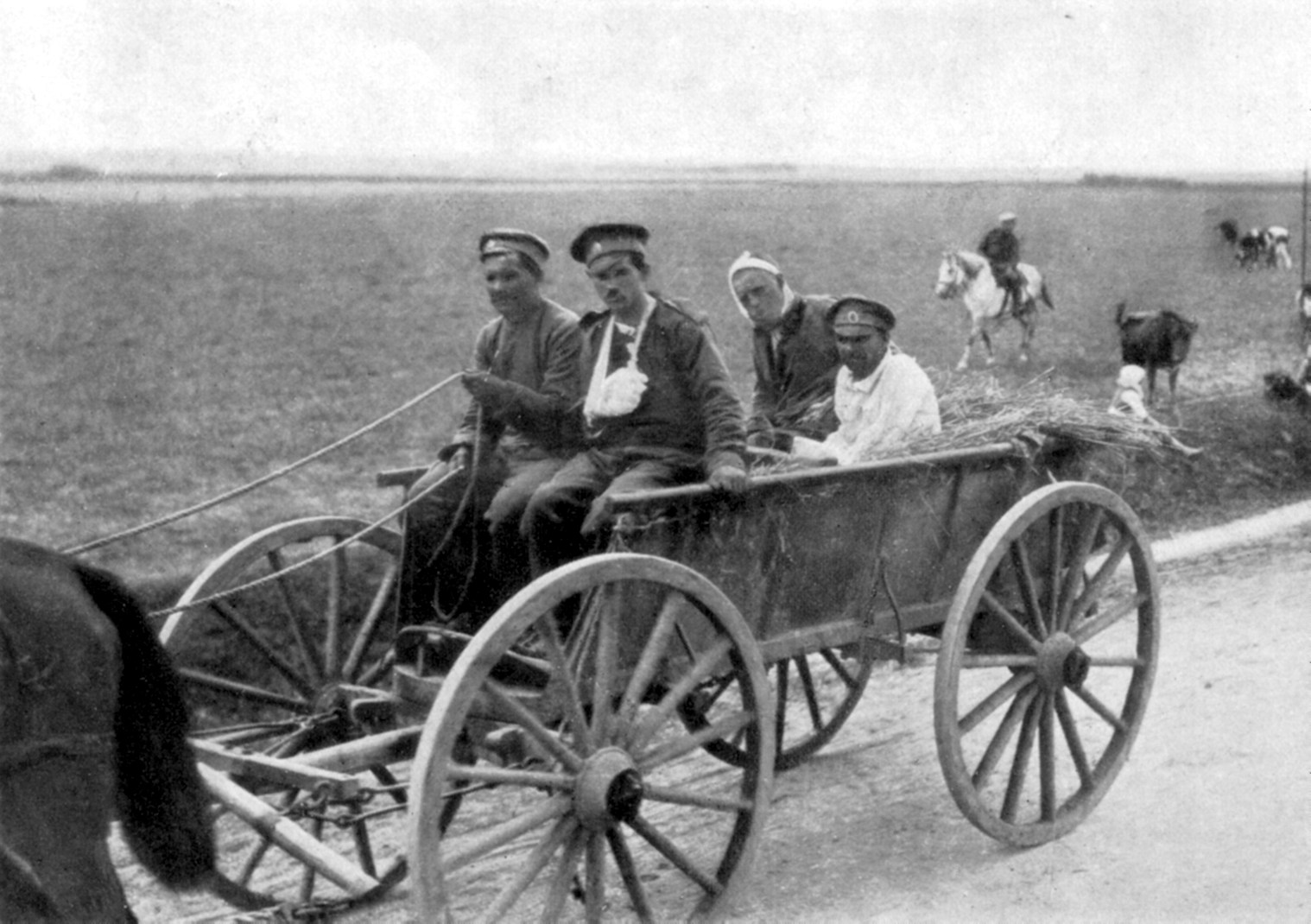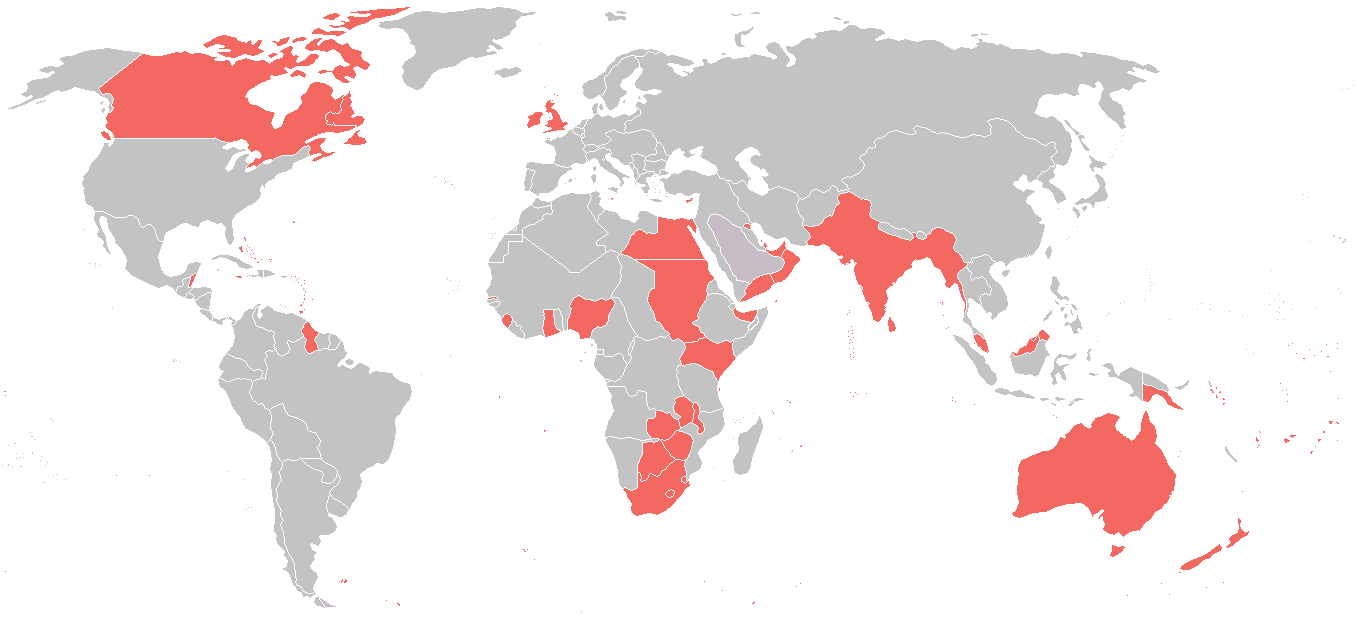|
Georgian–Armenian War
The Armeno-Georgian War was a short border dispute that was fought in December 1918 between the newly independent Democratic Republic of Georgia and the First Republic of Armenia, largely over the control of former districts of the Tiflis Governorate, in Borchaly ( Lori) and Akhalkalaki. In May 1918, towards the end of World War I, Armenia and Georgia both declared their independence, dissolving the short-lived union between them. Both Georgia and Armenia claimed Lori and Akhalkalaki, both of which were populated primarily by Armenians. The border dispute turned into an open military conflict on 7 December 1918. Armenian forces initiated coup de mains that brought them within 10 kilometers of the Georgian capital, Tiflis, before Georgian troops were able to organize counterattacks. Allied intervention forced a ceasefire. Battles continued until the ceasefire came into effect at midnight on December 31. A neutral zone, under Allied supervision, was declared in the Borchaly ... [...More Info...] [...Related Items...] OR: [Wikipedia] [Google] [Baidu] |
Aftermath Of World War I
The aftermath of World War I saw far-reaching and wide-ranging cultural, economic, and social change across Europe, Asia, Africa, and in areas outside those that were directly involved. Four empires collapsed due to the war, old countries were abolished, new ones were formed, boundaries were redrawn, international organizations were established, and many new and old ideologies took a firm hold in people's minds. Additionally, culture in the nations involved was greatly changed. World War I also had the effect of bringing political transformation to most of the principal parties involved in the conflict, transforming them into Electoral democracy, electoral democracies by bringing near-universal suffrage for the first time in history, as in Weimar Republic, Germany (1919 German federal election), United Kingdom of Great Britain and Ireland (1918 United Kingdom general election), and the United States (1920 United States presidential election). Blockade of Germany Through the per ... [...More Info...] [...Related Items...] OR: [Wikipedia] [Google] [Baidu] |
Akhalkalaki Uezd
The Akhalkalaki ''uezd'' was a county (''uezd'') of the Tiflis Governorate of the Caucasus Viceroyalty (1801–1917), Caucasus Viceroyalty of the Russian Empire, and then of Democratic Republic of Georgia, with its administrative centre in Akhalkalak (present-day Akhalkalaki). The county bordered the Gori uezd, Gori ''uezd'' to the north, the Borchaly uezd, Borchaly ''uezd'' to the east, the Alexandropol uezd, Alexandropol ''uezd'' of the Erivan Governorate and the Kars Okrug, Kars and Ardahan Okrug, Ardahan ''okrugs'' of the Kars Oblast to the south, and the Akhaltsikhe uezd, Akhaltsikhe ''uezd'' to the west. The area of the county corresponded to part of the contemporary Samtskhe–Javakheti region of Georgia (country), Georgia. History The territory of the Akhalkalaki ''uezd'', then part of the Akhaltsikhe ''uezd'', entered into the Kutais Governorate of the Russian Empire following the Russo-Turkish War (1828–1829), Russo-Turkish War of 1828. By 1874, the Akhkalaki ''uezd' ... [...More Info...] [...Related Items...] OR: [Wikipedia] [Google] [Baidu] |
Armistice Of Erzincan
The Armistice of Erzincan (also spelled Erzindzhan or Erzinjan) was an agreement to suspend hostilities during World War I signed by the Ottoman Empire and Transcaucasian Commissariat in Erzincan on 18 December 1917 (5 December O.S.). Tadeusz Swietochowski, ''Russian Azerbaijan, 1905–1920'', p. 119.Robert M. Slusser and Jan F. Triska (1959), ''A Calendar of Soviet Treaties, 1917–1957'' (Stanford University Press), p. 2. The armistice brought temporary peace to the Caucasian and Persian Fronts until 12 February, when the fighting was resumed. The status of the Transcaucasian Commissariat was unclear at the time: the Ottomans regarded it as an independent entity, a legal successor of the Russian Empire, while the Commissariat still considered itself a part of the Russian Republic The Russian Republic,. referred to as the Russian Democratic Federative Republic in the 1918 Constitution, was a short-lived state which controlled, ''de jure'', the territory of the form ... [...More Info...] [...Related Items...] OR: [Wikipedia] [Google] [Baidu] |
Transcaucasian Commissariat
The Transcaucasian Commissariat was established at Tbilisi on 15 November 1917, as the first government of the independent Transcaucasia following the October Revolution in Petrograd. The Commissariat decided to strengthen the Georgian–Armenian–Azerbaijani union by convoking a Diet or general assembly (''Sejm'') in January 1918. It declared independence from Soviet Russia and formed the Transcaucasian Democratic Federative Republic after being faced with the threat of being overrun by the Ottoman invasion. Decline Peace talks were initiated with the Ottoman Empire in March 1918, but broke down quickly as the Ottoman officials refused to accept the authority of the Commissariat. The Treaty of Brest-Litovsk, which ended Russia's involvement in the First World War World War I or the First World War (28 July 1914 – 11 November 1918), also known as the Great War, was a World war, global conflict between two coalitions: the Allies of World War I, Allies (or Enten ... [...More Info...] [...Related Items...] OR: [Wikipedia] [Google] [Baidu] |
October Revolution
The October Revolution, also known as the Great October Socialist Revolution (in Historiography in the Soviet Union, Soviet historiography), October coup, Bolshevik coup, or Bolshevik revolution, was the second of Russian Revolution, two revolutions in Russia in 1917. It was led by Vladimir Lenin's Bolsheviks as part of the broader Russian Revolution of 1917–1923. It began through an insurrection in Petrograd (now Saint Petersburg) on . It was the precipitating event of the Russian Civil War. The initial stage of the October Revolution, which involved the assault on Petrograd, occurred largely without any casualties. The October Revolution followed and capitalized on the February Revolution earlier that year, which had led to the abdication of Nicholas II and the creation of the Russian Provisional Government. The provisional government, led by Alexander Kerensky, had taken power after Grand Duke Michael Alexandrovich of Russia, Grand Duke Michael, the younger brother of ... [...More Info...] [...Related Items...] OR: [Wikipedia] [Google] [Baidu] |
Special Transcaucasian Committee
The Special Transcaucasian Committee ( Russian: Особый Закавказский Комитет ''Osobyi Zakavkazskii Komitet'' (OZaKom, Ozakom or OZAKOM)) was established on March 9, 1917, after the February Revolution, with Member of the State Duma Vasily Kharlamov as Chairman, to replace the Imperial Viceroy Grand Duke Nikolai Nikolaevich and with special instruction to establish civil administrations in areas occupied in the course of the war on the Caucasian front by the Russian Provisional Government in the Transcaucasus as the highest organ of the civil administrative body. Commissars were appointed for the Terek Oblast and the Kuban Oblast, and these as well as the Committee were to carry on relations with central government institutions through a Commissar for Caucasian Affairs in Petrograd attached to the Provisional Government. Soviets also sprang up throughout the area and, in time, organized an influential Regional Center at Tiflis Tbilisi ( ; ka, � ... [...More Info...] [...Related Items...] OR: [Wikipedia] [Google] [Baidu] |
Russian Provisional Government
The Russian Provisional Government was a provisional government of the Russian Empire and Russian Republic, announced two days before and established immediately after the abdication of Nicholas II on 2 March, O.S. New_Style.html" ;"title="5 March 1917, New Style">N.S. during the February Revolution. The intention of the provisional government was the organization of elections to the Russian Constituent Assembly and its convention. The provisional government, led first by Prince Georgy Lvov and then by Alexander Kerensky, lasted approximately eight months, and ceased to exist when the Bolsheviks gained power in the October Revolution in October ovember, N.S.1917. According to Harold Whitmore Williams, the history of the eight months during which Russia was ruled by the Provisional Government was the history of the steady and systematic disorganization of the army. The Provisional Government was a caretaker government, with its political system and the status of the monarc ... [...More Info...] [...Related Items...] OR: [Wikipedia] [Google] [Baidu] |
February Revolution
The February Revolution (), known in Soviet historiography as the February Bourgeois Democratic Revolution and sometimes as the March Revolution or February Coup was the first of Russian Revolution, two revolutions which took place in Russia in 1917. The main events of the revolution took place in and near Petrograd (now Saint Petersburg), the then-capital of Russia, where long-standing discontent with the monarchy erupted into mass protests against food rationing on 23 February Old Style and New Style dates, Old Style (8 March Old Style and New Style dates, New Style). Revolutionary activity lasted about eight days, involving mass demonstrations and violent armed clashes with police and Special Corps of Gendarmes, gendarmes, the last loyal forces of the Russian monarchy. On 27 February O.S. (12 March N.S.), most of the forces of the capital's garrison sided with the revolutionaries. In the same day, the Russian Provisional Government, made up by left-leaning State Duma (Russ ... [...More Info...] [...Related Items...] OR: [Wikipedia] [Google] [Baidu] |
Khrami
The Khrami ( ka, ხრამი, ), in its upper course ''Ktsia'', is a river in eastern Georgia and western Azerbaijan, and a right tributary of the Kura (''Mtkvari''). It is long, and has a drainage basin of . The Khrami originates in the Trialeti Range and flows into a deep valley. It is fed primarily by snow melt. Its main tributaries are the Debed (left) and Mashavera
[...More Info...] [...Related Items...] OR: [Wikipedia] [Google] [Baidu] |
Allies Of World War I
The Allies or the Entente (, ) was an international military coalition of countries led by the French Republic, the United Kingdom, the Russian Empire, the United States, the Kingdom of Italy, and the Empire of Japan against the Central Powers of the German Empire, Austria-Hungary, the Ottoman Empire, and the Kingdom of Bulgaria in World War I (1914–1918). By the end of the first decade of the 20th century, the major European powers were divided between the Triple Entente and the Triple Alliance. The Triple Entente was made up of the United Kingdom, France, and Russia. The Triple Alliance was originally composed of Germany, Austria–Hungary, and Italy, but Italy remained neutral in 1914. As the war progressed, each coalition added new members. Japan joined the Entente in 1914 and, despite proclaiming its neutrality at the beginning of the war, Italy also joined the Entente in 1915. The term "Allies" became more widely used than "Entente", although the United Kingdom, Fran ... [...More Info...] [...Related Items...] OR: [Wikipedia] [Google] [Baidu] |
Tbilisi
Tbilisi ( ; ka, თბილისი, ), in some languages still known by its pre-1936 name Tiflis ( ), ( ka, ტფილისი, tr ) is the Capital city, capital and List of cities and towns in Georgia (country), largest city of Georgia (country), Georgia, located on the banks of the Kura (Caspian Sea), Kura River. With around 1.2 million inhabitants, it contains almost one third of the country's population. Tbilisi was founded in the fifth century Anno Domini, AD by Vakhtang I of Iberia and has since served as the capital of various Georgian kingdoms and republics. Between 1801 and 1917, then part of the Russian Empire, it was the seat of the Caucasus Viceroyalty (1801–1917), Caucasus Viceroyalty, governing both the North Caucasus, northern and the South Caucasus, southern sides of the Caucasus. Because of its location at the crossroads between Europe and Asia, and its proximity to the lucrative Silk Road, throughout history, Tbilisi has been a point of contention ... [...More Info...] [...Related Items...] OR: [Wikipedia] [Google] [Baidu] |






